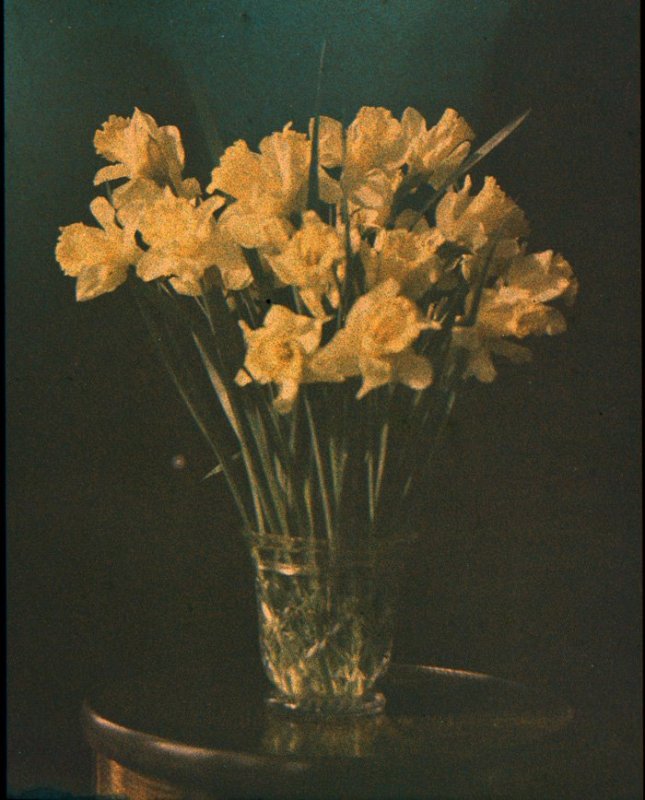Archival B+W, well stored: until the base perishes or insects eat the gelatine: 50-500+ years.
Colour slide and neg: depends on process, process quality and storage (most last much better if dark stored). 20-100+ years. If badly processed, a decade or less.
Archival FB halide prints: 100+ years (maybe 1000+) depending on processing and storage conditions.
These figures are all best guesses based on extensive reading. You may deduce from the ranges given that your question is akin to "how long is a piece of string".
Cheers,
R.
Roger, I had bad luck with some Agfachrome from the 80's, obviously processed by Agfa in NJ? (was included). I was traveling west, and remembered the vivid reds from old Agfachrome, so I gave 30 rolls a try. I showed them to classes once a year at most, box stored rest of the year.
They really showed obvious fading in about ten years, however when I scanned them (I still use them when I teach), was happy to see Nikon ROC really brought them back, so I have the use of the images.
Was disappointed with Agfa from that time though.
All travels west since were shot on Kodachrome, with the exception of higher speed Ektachrome E6 for 500mm shots. Processing by Kodak.
I have had several prints from color negatives from the 70's on wall display at home, the paper was paper (pre RC) and they have held up, though I can see some fading-- They are dry mounted on 100% rag in same windows, but I may eventually scan them. The fading is not obviously in one color, judged from my eyes.
I believe RA4 prints should do well. The ones from my darkroom did get a water wash not simply stabilization treatment.
Some BW test rolls left hanging about the darkroom have gathered mold, but all other cut and dark stored (for the most part in museum boxes) negatives from the last 50 years look good, a few I have printed and they made prints at good as the first ones.
My C41 negatives look good as well, but, as corrections are made in printing, it is a tough call.
I have color prints from the 50's, from Kodak, and there is often a lot of shift, the white borders are yellow. My oldest Kodachrome did not last, they were drugstore processed, and served to remind me to send my film to the Great Yellow Father. They used to pick them up daily in large yellow bags to be returned the next day, in my case from Findlay, Ohio.
No framed and displayed BW prints up for twenty years seem to show obvious fading.
Regards, John




